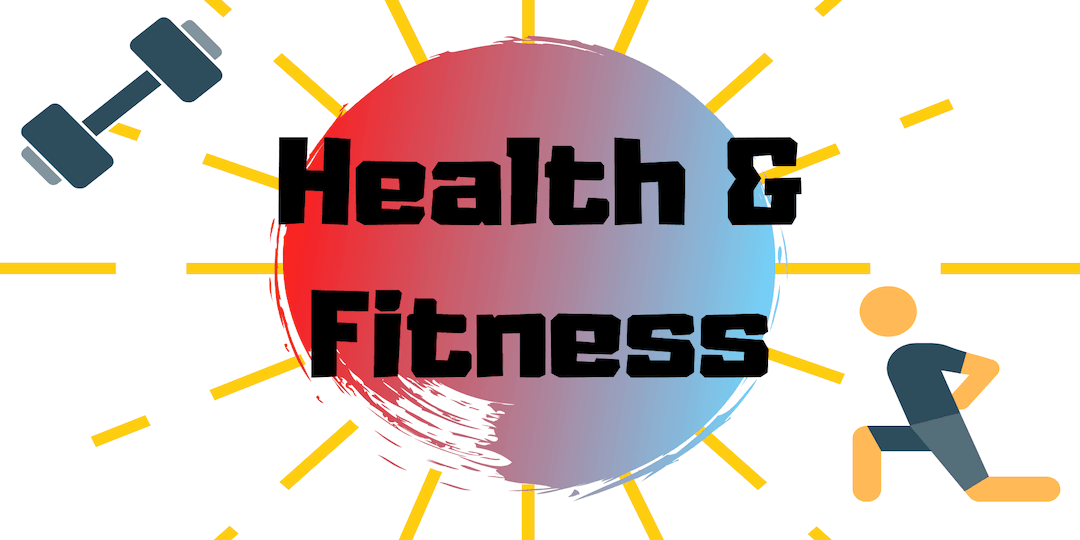Fitness improves function, which enhances your capacity to carry out daily tasks. And no, you don’t have to work out at the gym for hours on end to improve your fitness.
The desire to be fit is widespread. Since health and fitness go hand in hand, A high degree of general fitness is associated with a decreased risk of chronic disease and a greater capacity to handle emerging health problems. More functionality and mobility are also encouraged by improved fitness over the course of one’s lifetime.
Additionally, being active can improve your day-to-day functioning in the near term, including mood, focus, and sleep.
Simply put, our bodies are designed for movement, and they work best when we’re physically healthy.
Having said that, it’s also crucial to be aware that there are numerous approaches to staying in shape (think of a ballet dancer versus a bodybuilder or a sprinter versus a gymnast). Additionally, there is no one “look” for fitness. In actuality, a person’s outward appearance may not be the best indicator of their habits, level of physical activity, or even level of fitness.
What Being Fit Really Means
Five elements of physical fitness are listed by the Physical Activity to Set Health and Human Services:
1. Fitness for the Heart and lungs A common metric for this is your VO2 max. Your health and quality of life are intimately correlated with your body’s capacity to absorb and utilise oxygen, which fuels all of your tissues.
2. Muscular-Skeletal Fitness This comprises physical prowess, stamina, and power.
3. Flexibility Your joints’ range of motion is shown here.
4. Balance Your capacity to stay upright and stable to prevent falls is referred to as balance.
5. Speed Your ability to move rapidly.
Fitness Styles
Fitness consists of a few key elements, each of which is crucial for creating a well-rounded training regimen. You may discover the ones listed in the Physical Experts list below, which emphasises the elements that should be incorporated into weekly exercise. (It’s important to note that various definitions of fitness also contain additional elements, such as physical endurance, power, speed, balance, and agility, as well as others not included above.)

Exercise That Is Aerobic (Cardiovascular)
Every fitness programme starts with aerobic exercise, and for good reason. This sort of physical activity, also known as cardiovascular exercise or cardio, raises your heart rate and breathing rate, which enhances your cardiorespiratory fitness. Exercise That Is Aerobic (Cardiovascular)
Every fitness programme starts with aerobic exercise, and for good reason. This sort of physical activity, also known as cardiovascular exercise or cardio, raises your heart rate and breathing rate, which enhances your cardiorespiratory fitness.
Training in Strength
Strength training is a crucial component of improving mobility and general functioning, especially as you age. “ Muscle mass declines with ageing, which can significantly affect quality of life. Strength training strengthens bones and muscles, and having more muscle protects your body from fractures and falls that might occur as you get older.
Find out more about the benefits of strength training and how to do it.

Mobility and Flexibility
The International Sports Sciences Association claims that healthy activity requires both flexibility and mobility. They are not equivalent, though.
Mobility is the capacity of the body to move a joint through its full range of motion, whereas flexibility is the capacity of tendons, muscles, and ligaments to stretch.
There is no set suggestion for the amount of time you should spend engaging in mobility or flexibility-improving exercises (such as stretching), and the health advantages of such exercises are unknown due to a dearth of relevant studies.
The recommendations do call for older persons to include balance training in their weekly workout regimen. According to experts, regular exercise that incorporates balance training can considerably lower older persons’ chance of falling, which can result in a variety of negative effects, including crippling injuries.
Find out more about the many types of flexibility exercises and how to improve your flexibility.
Rest and Recovery
Your body can have time to repair the normal muscle damage that occurs after exercise by scheduling rest and recovery days. By its very nature, exercise strains the body’s muscles. You become stronger by dealing with or recovering from such stress (and fitter). But for the body to fully recover from an exercise, you need to give it enough time to rest.
Recovery days can be completely physical activity-free or they can be active recovery days where you engage in low-impact, low-intensity exercises like walking or mild yoga. Experts typically advise engaging in daily exercise, such as a 10-minute walk outside.
The objective behind rest and recuperation days isn’t to stay motionless on the sofa; rather, it’s to avoid overexerting yourself to the point that physical activity becomes difficult or taxing.
Benefits of Exercise for Health
Exercise Improves Mood
According to study, regular exercise has been demonstrated to be a protective factor against depression and anxiety. Additionally, some research indicate that exercise can help treat and manage the symptoms of depression.
The researchers speculate that physical activity may create positive changes in the brain as well as lower inflammation, which has been proven to be elevated in depressed individuals.

Learn More About How Exercise Improves Energy and Mood.
Regular exercise can improve your ability to sleep through the night. It might help regulate your circadian rhythm (so that you experience alertness and sleepiness at the proper times), induce chemical shifts in the brain that encourage sleep, and, according to previous study, lessen presleep worry that might otherwise keep you awake.
However, it’s important to keep in mind that high-intensity exercise should be performed earlier in the day rather than too close to night (within an hour or two).
Learn More About the Intimate Relationship Between Fitness and Sleep
Exercise Promotes Long-Term Health:
Research has shown that regular exercise can enhance brain and bone health, maintain muscle mass (so that you don’t become frail as you age), improve gastrointestinal function, improve sex life, and lower your risk of a wide range of illnesses, including cancer and stroke.

